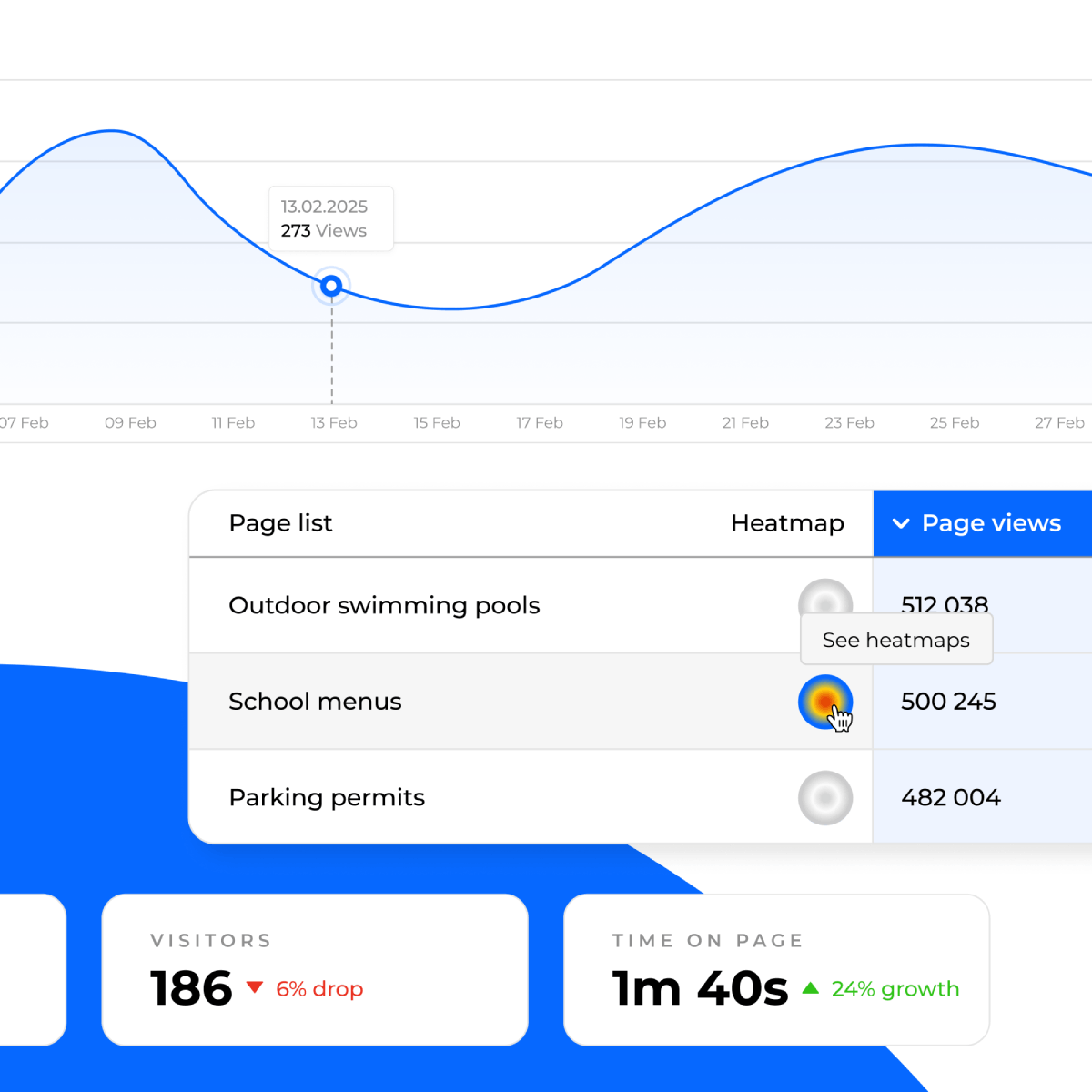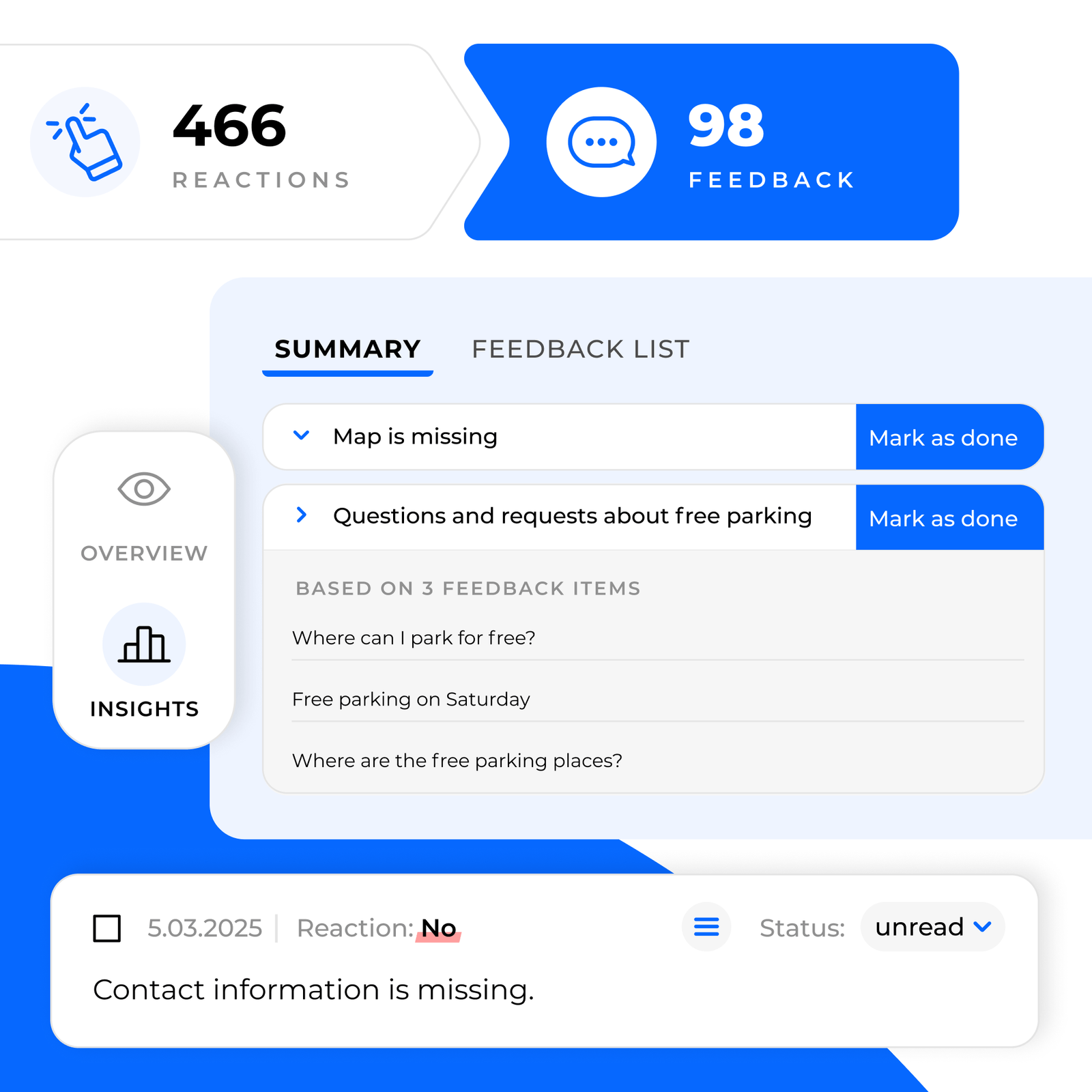Accessible e-commerce for every customer,
every purchase
Continuous accessibility monitoring that keeps every online store, product page, and checkout flow compliant, inclusive, and trustworthy.

Trusted by hard-working website teams



_logo.png)


Why accessibility matters in e-commerce

Customers face digital barriers
Many shoppers still can’t browse products, complete purchases, or use support channels with assistive technologies.
Barriers in navigation or readability directly affect sales and customer loyalty.
Manual audits don’t scale
Online stores change daily with new products, offers, and campaigns.
One-off accessibility checks quickly become outdated, leaving compliance gaps that impact conversion.
Non-compliance risks fines and lost revenue
The European Accessibility Act requires all e-commerce sites to meet WCAG 2.2 AA standards by 2025.
Failing to comply can result in penalties, procurement exclusion, and reputational damage.
Inaccessible content costs sales
Product details, pricing information, and checkout forms must be accessible to everyone.
Missing labels, unclear structure, or poor color contrast can prevent customers from completing a purchase.
Complex platforms increase risk
E-commerce operations often span multiple storefronts, languages, and CMS platforms.
Without automation, maintaining accessibility across them all is nearly impossible.
Customer trust drives retention
Accessibility is good business. Inclusive shopping experiences strengthen customer trust, brand reputation, and repeat purchases.
How Askem Supports Digital Commerce
Quality Assurance → WCAG Compliance
Continuous WCAG 2.2 AA monitoring keeps every digital storefront accessible and compliant.
Askem detects issues in real time across broken links, navigation, and readability so teams can resolve them before customers are affected.
Reporting follows EN 301 549 and EAA standards, replacing one-off audits with continuous compliance visibility.


Web Analytics → Customer Journey Insights
Our GDPR-compliant, cookieless analytics show how customers navigate your online store and where accessibility barriers appear.
From product discovery to checkout, the data helps teams remove friction, reduce abandonment, and build smoother, more inclusive shopping experiences.
Feedback → Patient Experience
Accessible feedback tools let shoppers report issues or share suggestions directly from your site.
Askem turns this input into actionable data, helping e-commerce teams improve accessibility and user experience up to 30 times faster than traditional review cycles.

Compliance and data protection
WCAG 2.2 AA + EN 301 549 monitoring across websites, product pages, and checkout flows.
EAA 2025 readiness with audit-ready reporting and compliance documentation.
GDPR-compliant EU data hosting with daily encrypted backups.
Accessibility statement support with pre-filled data and feedback tracking.

FAQs
We ensure that your website is fully accessible by testing for common website issues and comparing them to the relevant standards in your region. It means that your website still works for all users even with the most exacting accessibility requirements.
Yes, we work to the applicable standard, whether WCAG 2.1 AA or 2.2 standards, enforced by the relevant legislation (i.e., The Equality Act in the UK and the European Accessibility Act in the EU).
We monitor your website for accessibility compliance continuously with an easy-to-use dashboard, rather than a one-time audit. It’s also much more affordable than other tools in the market, with a low monthly fee.
Installation is quick and easy – no additional scripts or code are needed on your site. Customers can get the tool up and running on the day they make the purchase!
Yes, but this is doubly important if there is information provided on the website.
Yes.
Yes, it works for an unlimited number of domains, with each domain at a small incremental cost.
Yes, we also provide feedback tools, reaction buttons to ensure website users have found the information they’re looking for, general website analytics services, and more.
Data is stored on database and application servers in the EU. Backups are performed daily. Data is never transferred outside the EU.




